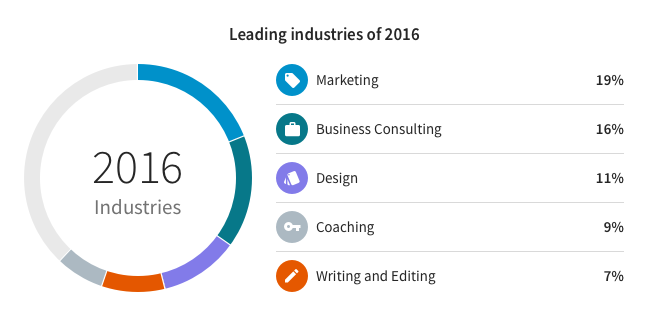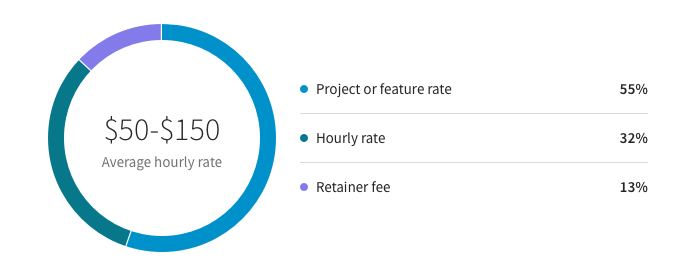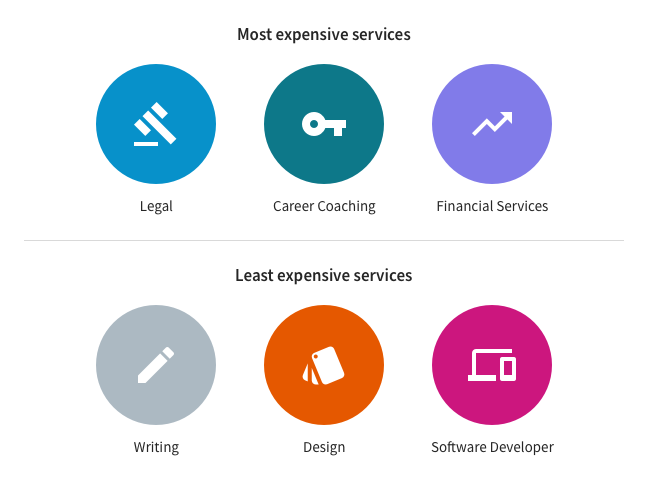Ex-Reddit CEO Ellen Pao Returns to Venture Capital. Her previous stint as a VC ended in 2012 when she sued her employer, Kleiner Perkins, for gender discrimination.
Ellen Pao, the technology investor who made headlines by suing one of Silicon Valley's most successful VC firms for gender discrimination, is finally making her return to venture capital.
Pao on Tuesday announced she will be joining Kapor Capital as a senior member of the firm's investment team. Kapor Capital is known as one of the few firms in Silicon Valley that places a strong emphasis on supporting entrepreneurs who want to make a social impact or who come from underrepresented groups.
Pao told Inc. that the bulk of her work will focus on tech diversity efforts. She said she will work with Kapor Capital's portfolio companies to help them drive diversity and inclusion as they grow their teams. Additionally, Pao will be joining the Kapor Center for Social Impact as its chief diversity and inclusion officer. In that role, she will help formulate strategies tech companies can use to improve their hiring and retention of women and minorities and other underrepresented groups.
Aside from some angel investing here and there, Pao's work with Kapor Capital will be her first time in venture since leaving Kleiner Perkins in 2012. There, Pao served as a partner for seven years, but she left after suing the firm for gender discrimination. The high-profile case continued through 2015 and culminated in Pao losing on all counts. The case, however, was a wake-up call for many, highlighting the challenges women face in Silicon Valley.
For a brief period in 2014 and 2015, Pao also served as the interim CEO of Reddit, the popular link aggregation and social forum service, but Pao left the company after receiving a barrage of abuse from users after she fired a popular employee.
Pao used both the legal battle against Kleiner Perkins and her exit from Reddit as a springboard for a career as an advocate of tech diversity.
Last year, Pao and a number of other women in tech banded together to create Project Include, a group intended to collect and share data with the purpose of helping tech employers with their diversity efforts. Pao said Project Include is now formally a nonprofit organization and will soon be hiring an executive director and a full-time team. Pao said she will be handing off her responsibilities over time but plans to continue to be involved.
Article Source: http://www.inc.com
Ellen Pao, the technology investor who made headlines by suing one of Silicon Valley's most successful VC firms for gender discrimination, is finally making her return to venture capital.
Pao on Tuesday announced she will be joining Kapor Capital as a senior member of the firm's investment team. Kapor Capital is known as one of the few firms in Silicon Valley that places a strong emphasis on supporting entrepreneurs who want to make a social impact or who come from underrepresented groups.
"Ellen is an inspiring change leader," said Mitch Kapor, partner at the Kapor Center, in a statement. "We are fortunate to be able to tap into her vast business expertise and passion as we challenge Silicon Valley to build diverse and inclusive tech workplaces."
Pao told Inc. that the bulk of her work will focus on tech diversity efforts. She said she will work with Kapor Capital's portfolio companies to help them drive diversity and inclusion as they grow their teams. Additionally, Pao will be joining the Kapor Center for Social Impact as its chief diversity and inclusion officer. In that role, she will help formulate strategies tech companies can use to improve their hiring and retention of women and minorities and other underrepresented groups.
Aside from some angel investing here and there, Pao's work with Kapor Capital will be her first time in venture since leaving Kleiner Perkins in 2012. There, Pao served as a partner for seven years, but she left after suing the firm for gender discrimination. The high-profile case continued through 2015 and culminated in Pao losing on all counts. The case, however, was a wake-up call for many, highlighting the challenges women face in Silicon Valley.
For a brief period in 2014 and 2015, Pao also served as the interim CEO of Reddit, the popular link aggregation and social forum service, but Pao left the company after receiving a barrage of abuse from users after she fired a popular employee.
Pao used both the legal battle against Kleiner Perkins and her exit from Reddit as a springboard for a career as an advocate of tech diversity.
Last year, Pao and a number of other women in tech banded together to create Project Include, a group intended to collect and share data with the purpose of helping tech employers with their diversity efforts. Pao said Project Include is now formally a nonprofit organization and will soon be hiring an executive director and a full-time team. Pao said she will be handing off her responsibilities over time but plans to continue to be involved.
"With the Kapor Center, I see it as implementing solutions of scale across the whole tech pipeline," Pao told Inc. "It allows me to have an even bigger impact."
Article Source: http://www.inc.com







